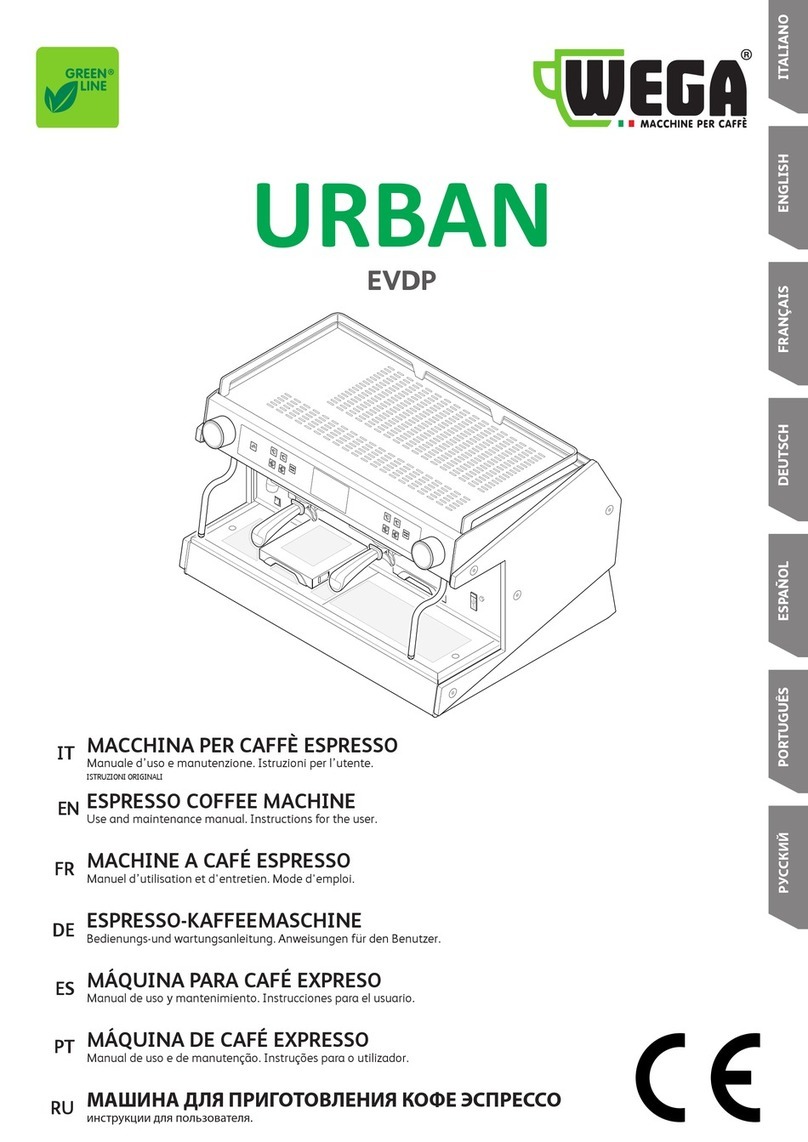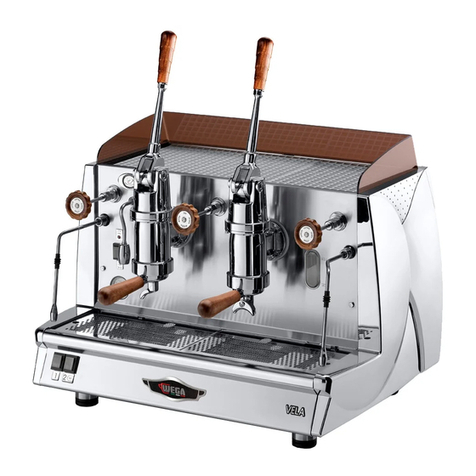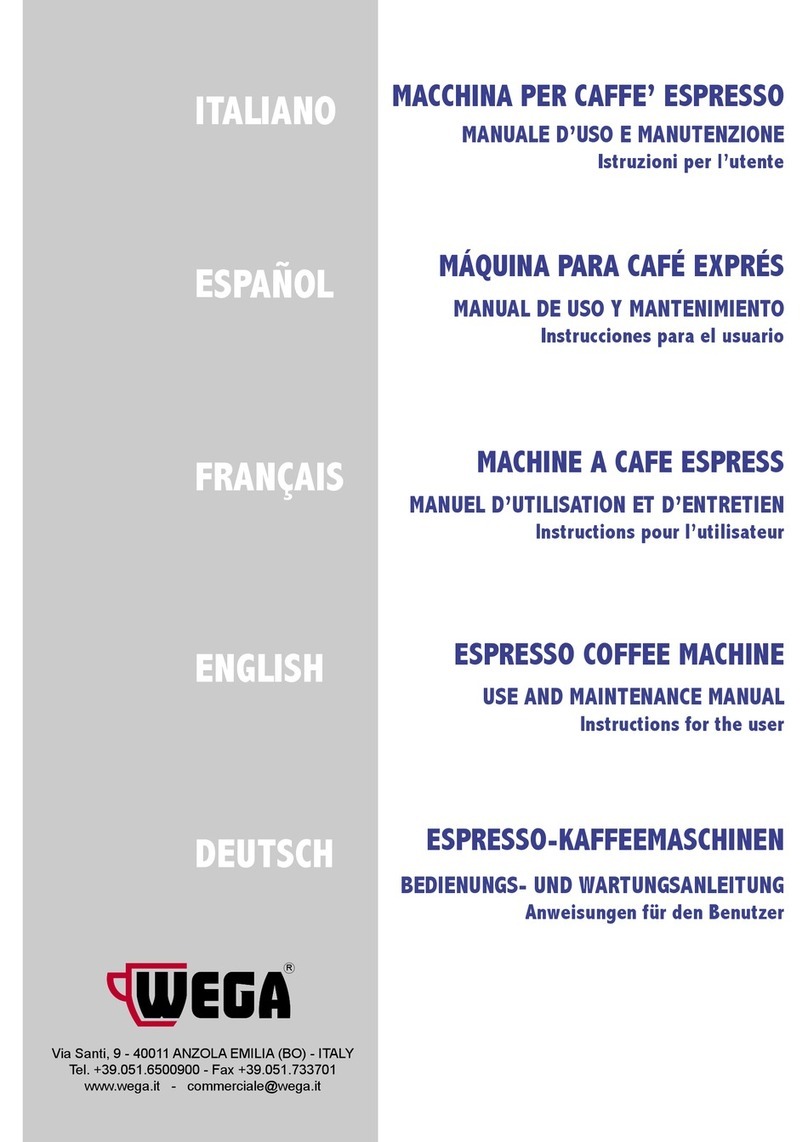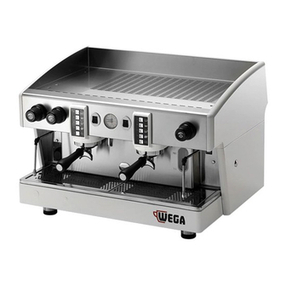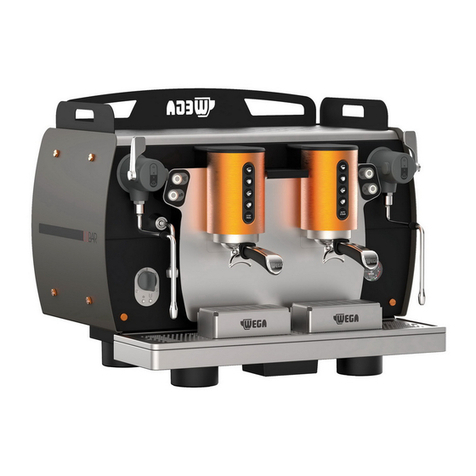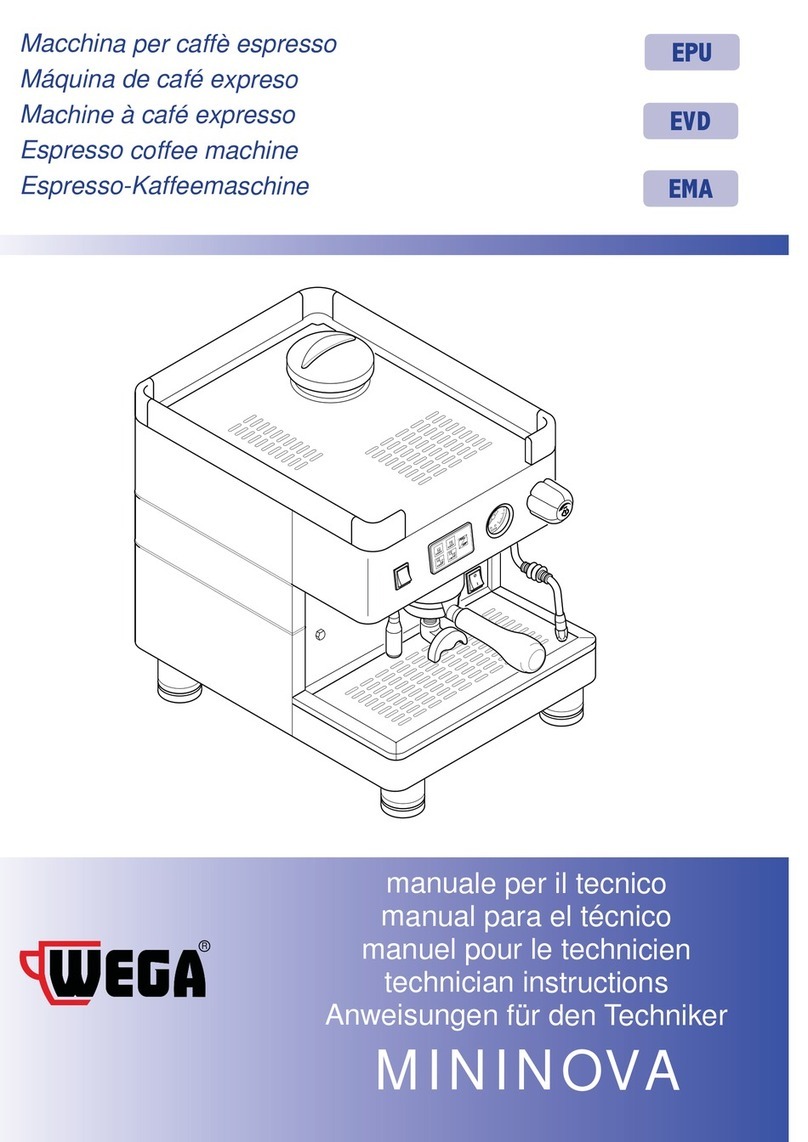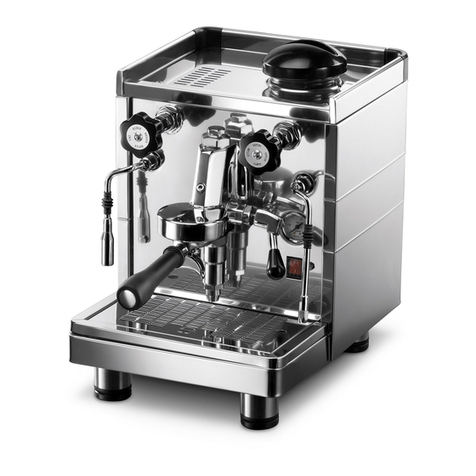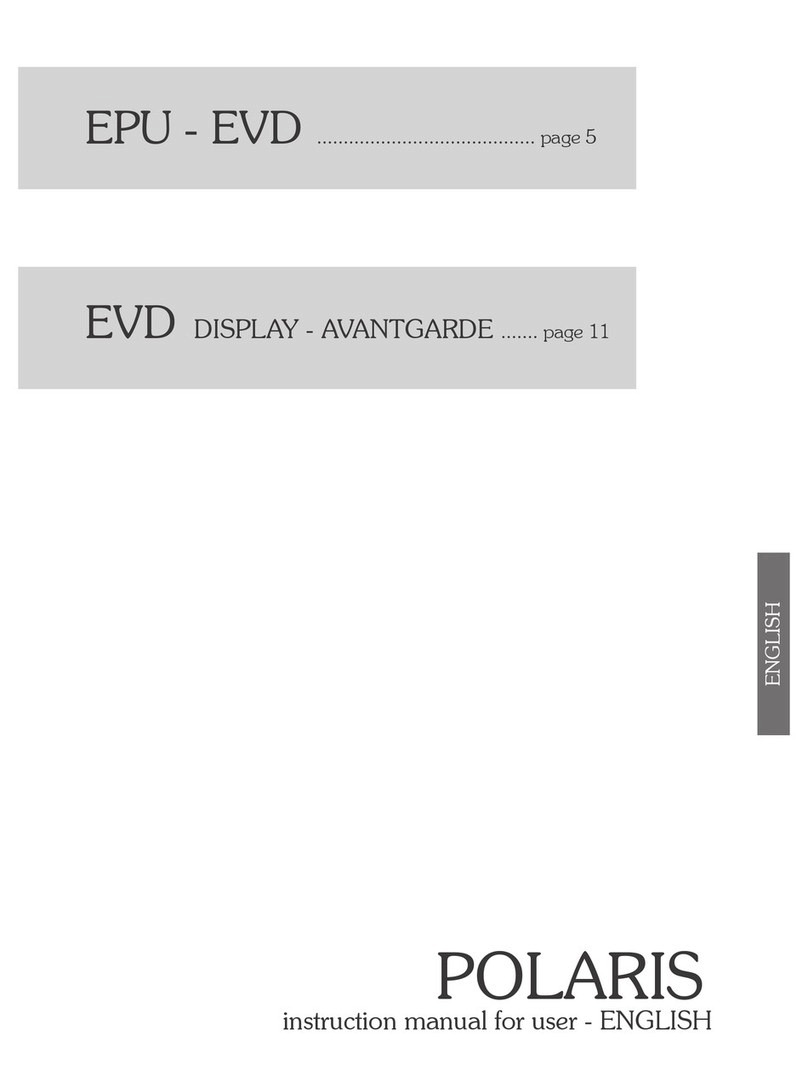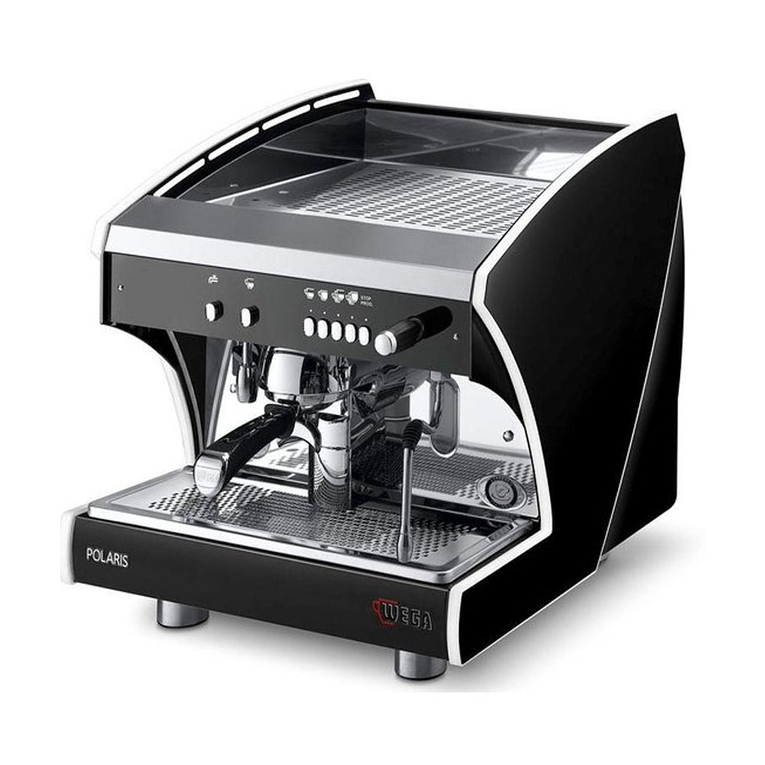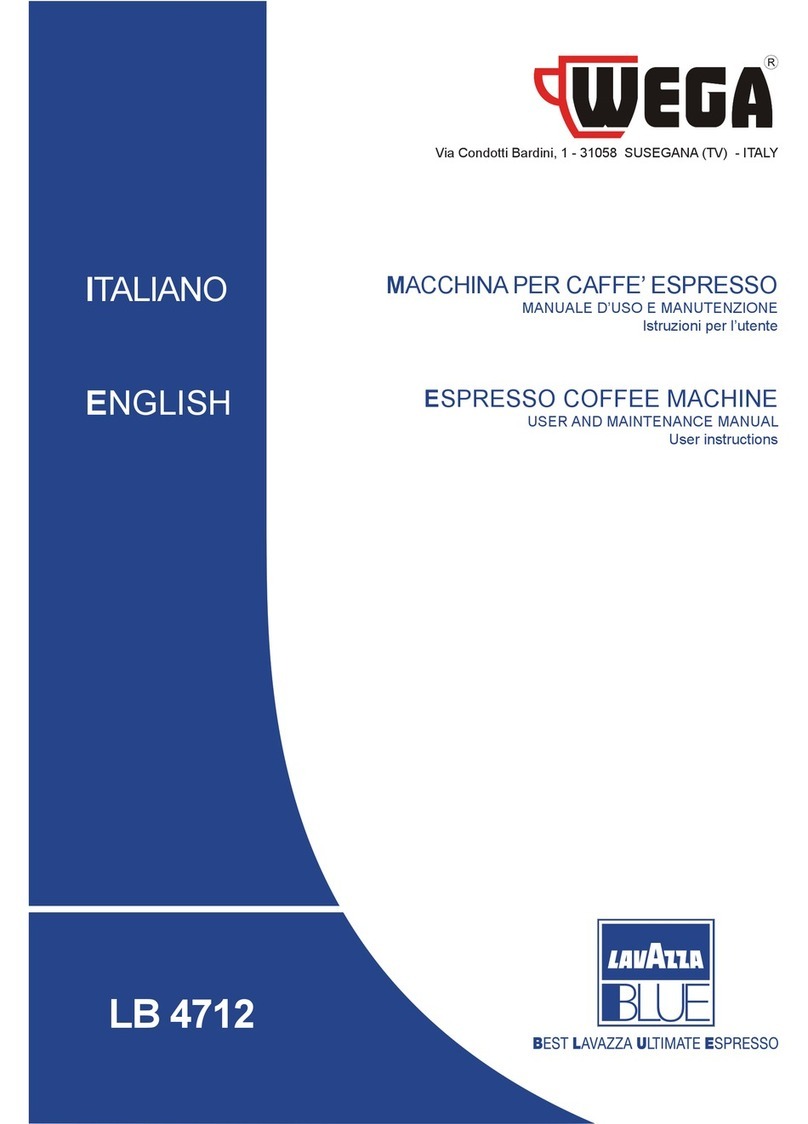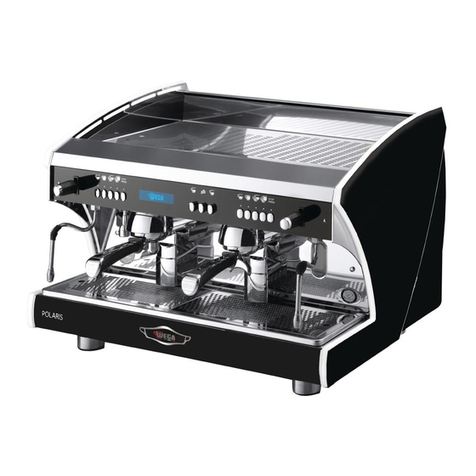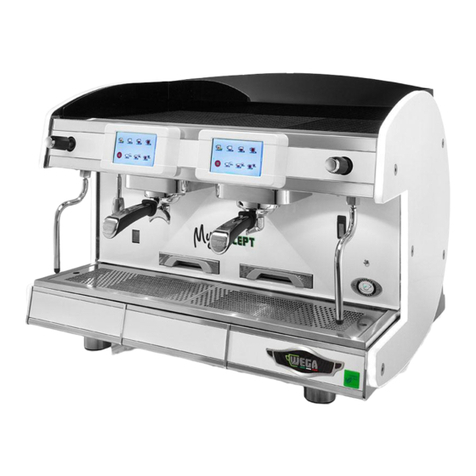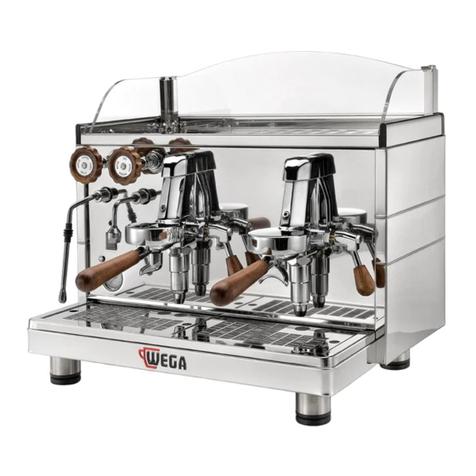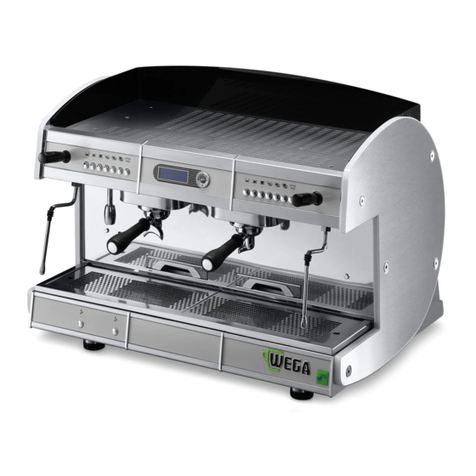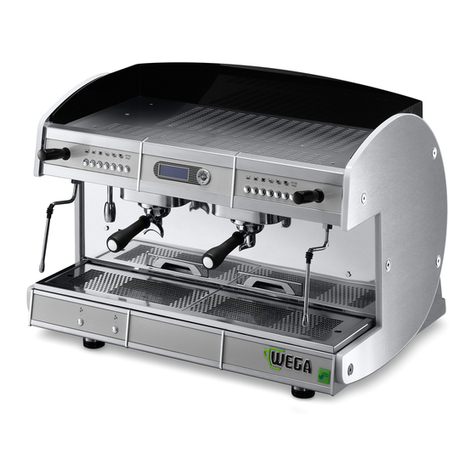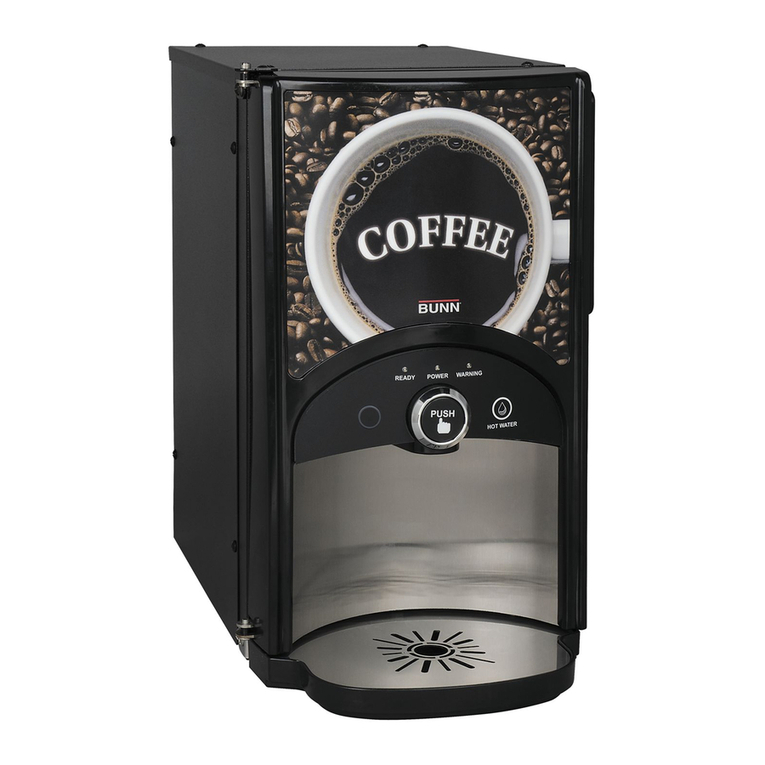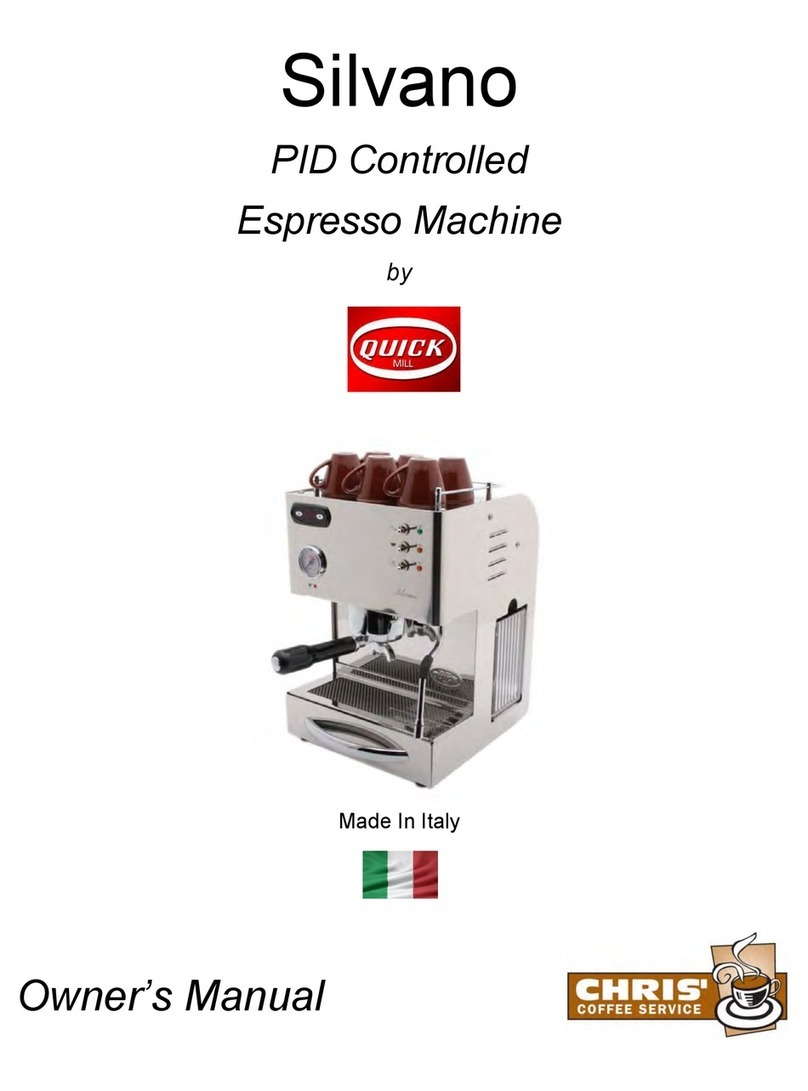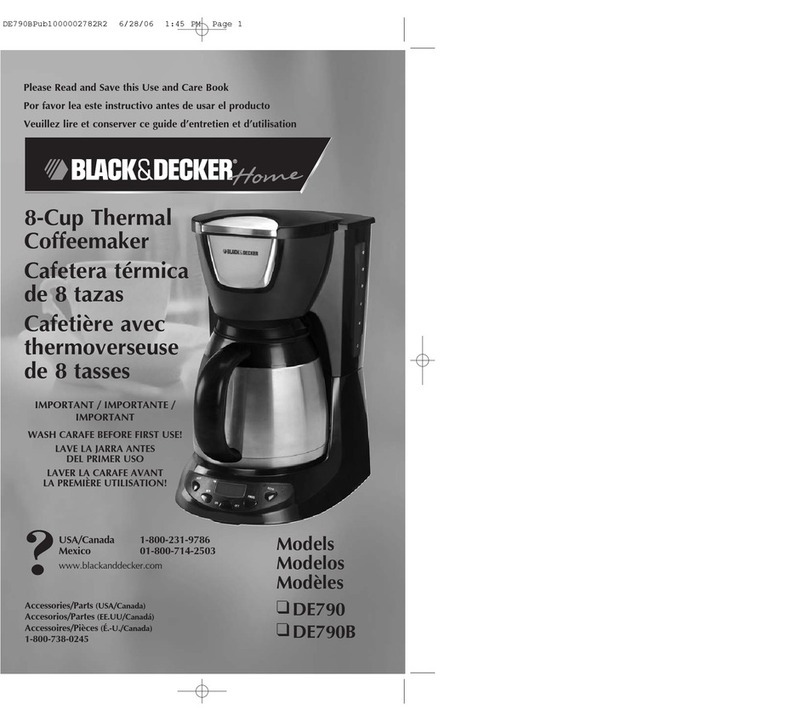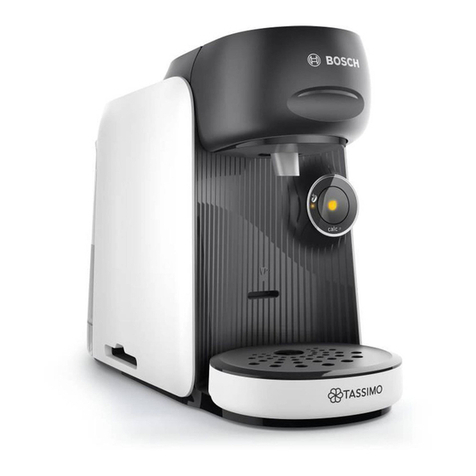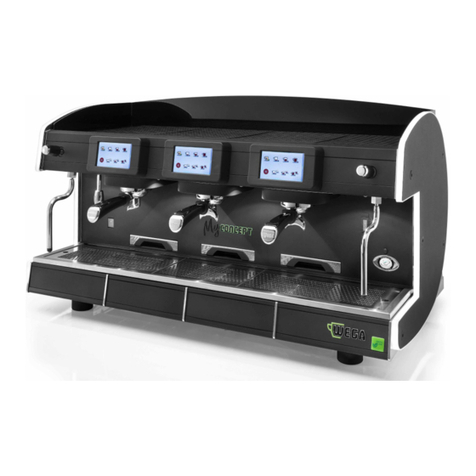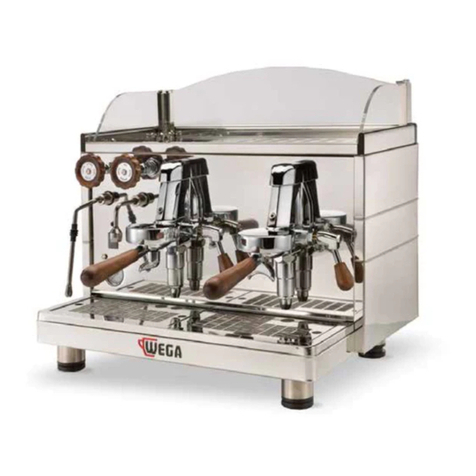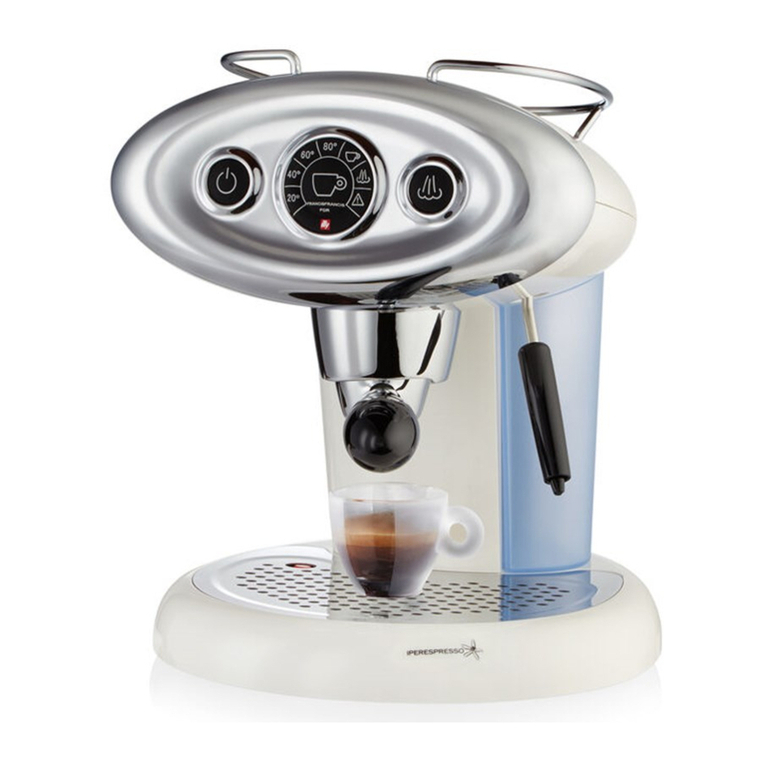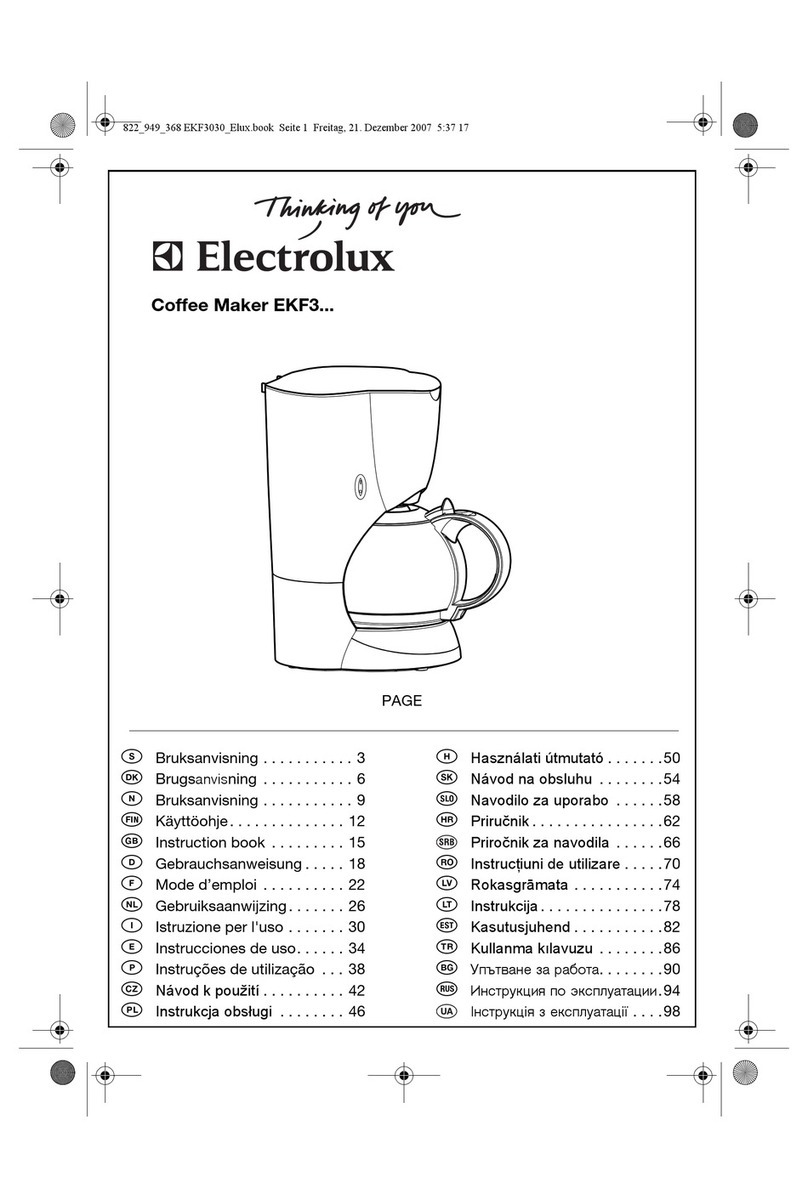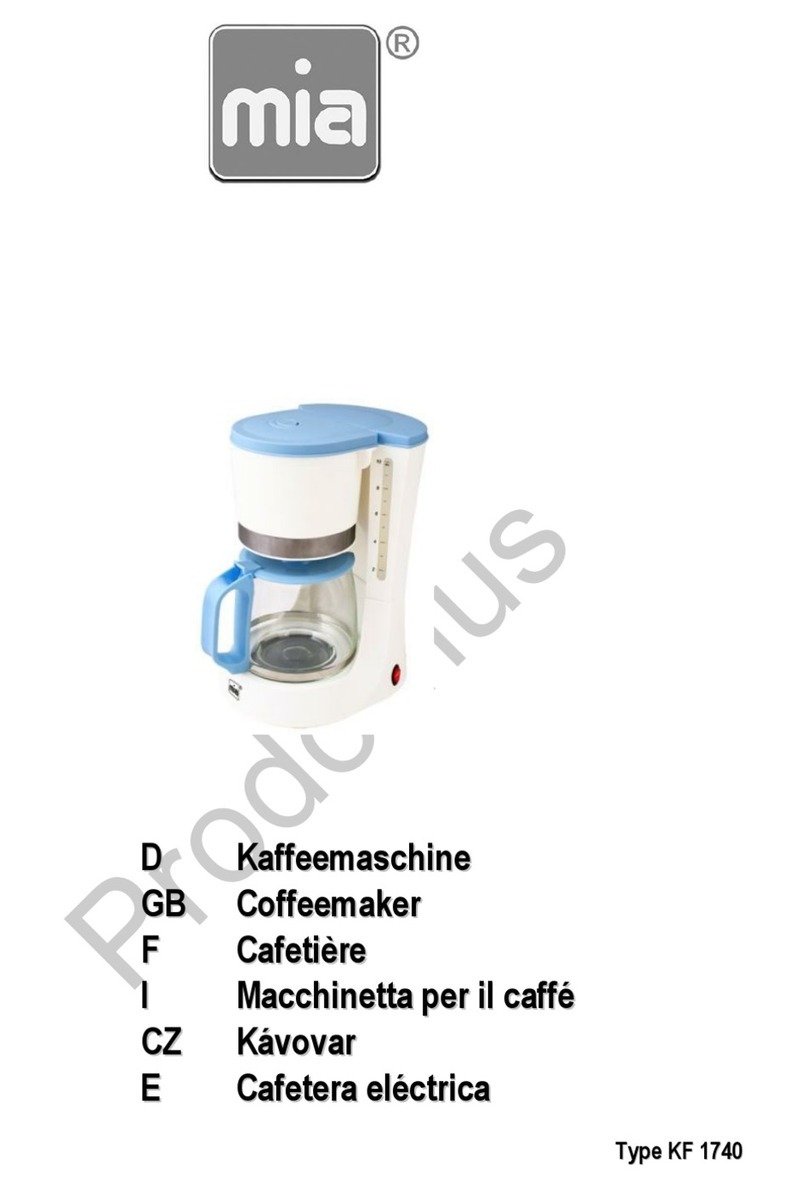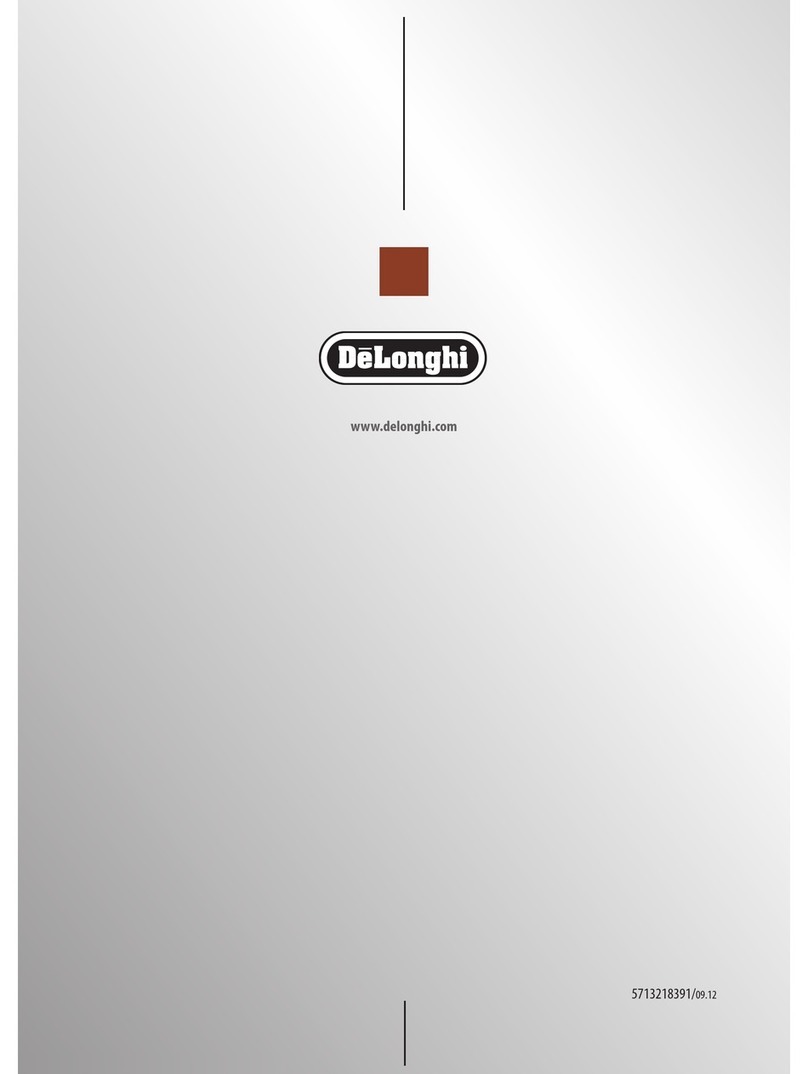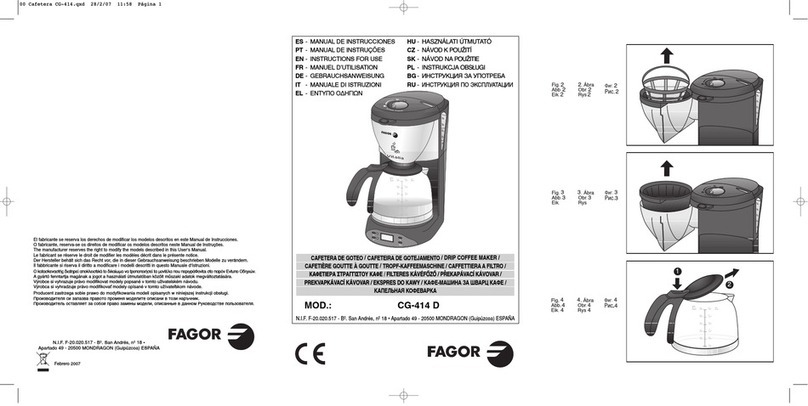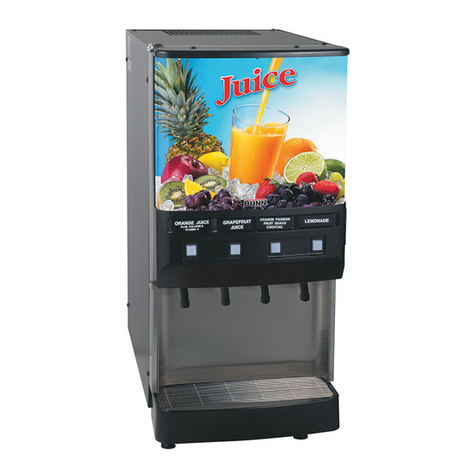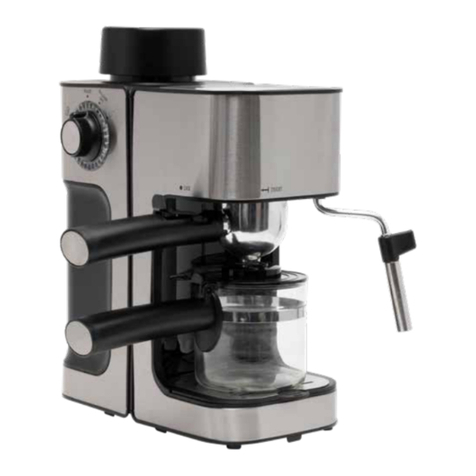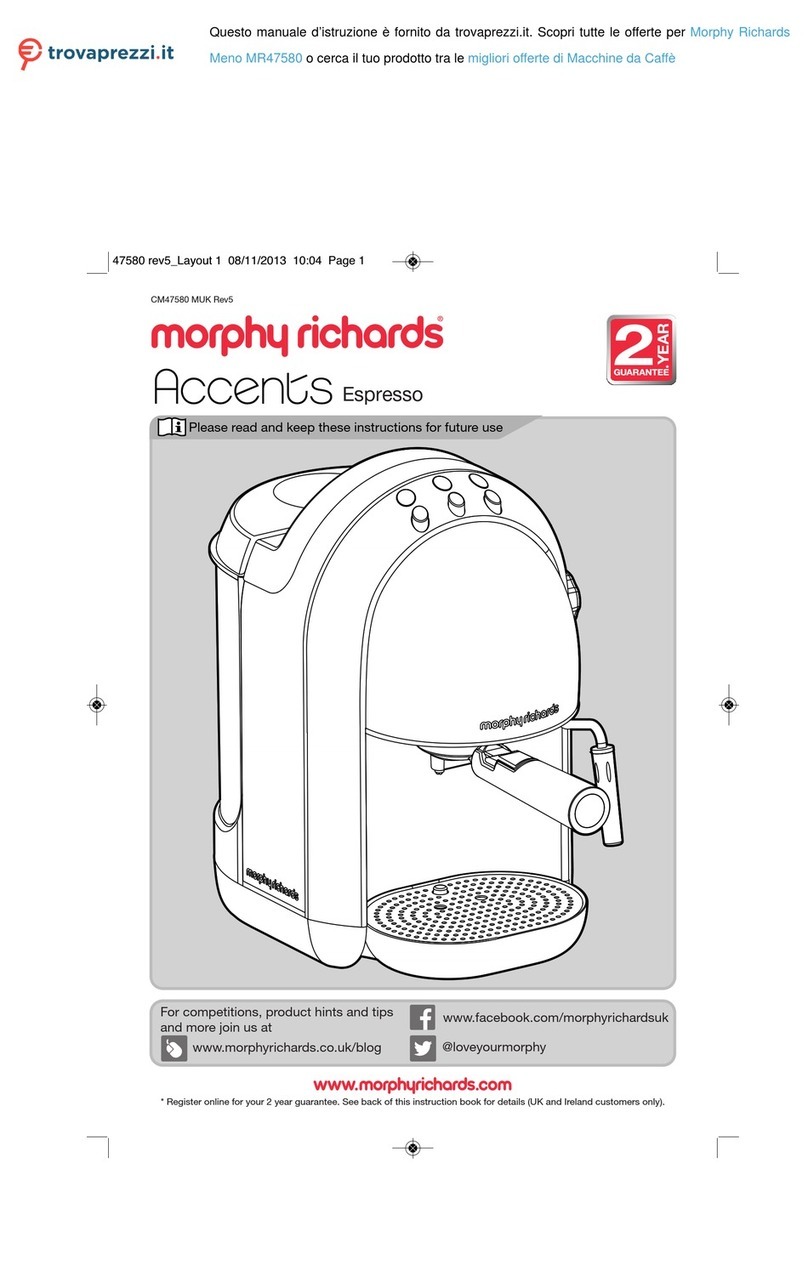
ESPRESSO COFFEE MACHINE
Use and maintenance manual. TECHNICIANS instructions.
English
Summary
1. INTRODUCTION.................................................................4
1.1 Guidelines for reading the Manual........................................ 4
1.2 Storing the Manual ............................................................... 4
1.3 Method for updating the Instruction Manual........................ 5
1.4 Recipients ............................................................................. 5
1.5 Glossary and Pictograms....................................................... 5
1.6 Guarantee ............................................................................. 6
1.7 Customer service................................................................... 6
2. IDENTIFICATION OFTHE MACHINE...........................................7
2.1 Make and model designation................................................ 7
2.2 General description............................................................... 7
2.3 Intended use......................................................................... 7
2.4 Machine description ............................................................. 8
2.5 Internal components............................................................. 9
2.6 Data and CE marking........................................................... 10
3. TRANSPORT AND HANDLING ................................................18
3.1 Safety precautions .............................................................. 18
3.2 DPI characteristics............................................................... 18
3.3 Weight................................................................................ 18
3.4 Handling the packed machine............................................. 18
3.5 Unpacking the machine ...................................................... 18
4. STORAGE ..............................................................................19
4.1 Overview............................................................................. 19
4.2 Storing the machine after the operation............................. 19
5. INSTALLATION ......................................................................19
5.1 Safety precautions .............................................................. 19
5.2 DPI characteristics............................................................... 20
5.3 Environmental conditions ................................................... 20
5.4 Installation space and operating space ............................... 20
5.5 Support base....................................................................... 20
5.6 Drilling the support base..................................................... 22
5.7 Hydraulic connection .......................................................... 23
5.8 Electrical connection........................................................... 24
5.9 Gas connection (if included)................................................ 25
6. COMMISSIONING..................................................................29
6.1 Safety precautions .............................................................. 29
6.2 External motor pump adjustment....................................... 29
6.3 Filter holder preparation..................................................... 29
6.4 Coee grinding ................................................................... 30
6.5 Cup raising grilles (if included)............................................ 30
6.6 Lighting (if included) .......................................................... 30
6.7 Cup heater (if included)....................................................... 30
6.8 Autosteamer (if included)................................................... 30
6.9 Machine rst startup........................................................... 31
6.10 Turning o the machine...................................................... 32
6.11 Water replacement.............................................................. 32
7. PROGRAMMING....................................................................33
8. MAINTENANCE AND CLEANING.............................................33
8.1 Safety precautions .............................................................. 33
8.2 DPI characteristics............................................................... 33
8.3 Maintenance....................................................................... 34
8.4 Malfunctions and relative solutions .................................... 37
8.5 Cleaning operations............................................................ 40
9. SPARE PARTS........................................................................42
10. DISPLAY INDICATIONS...........................................................42
11. DECOMMISSIONING..............................................................43
12. DISMANTLING ......................................................................43
13. DISPOSAL.............................................................................43
13.1 Information for disposal...................................................... 43
13.2 Environmental information................................................. 43
14. ELECTRICAL DIAGRAMS ........................................................44
14.1 ELECTRICAL connection....................................................... 44
14.2 MACHINE supply.................................................................. 45
14.3 ALE - EMA version ............................................................... 46
14.4 Single-phase VELA EMA version U.L. ................................... 47
14.5 230-400VVELA EMA version ............................................... 48
14.6 EPU version......................................................................... 49
14.7 EVD-DISPLAY version........................................................... 50
15. HYDRAULIC DIAGRAMS.........................................................63
15.1 LEVER GROUP hydraulic diagram ........................................ 63
15.2 EMA - EPU DISPENSING GROUP hydraulic diagram.............. 64
15.3 EVD - DISPLAY DISPENSING GROUP hydraulic diagram........ 65
16. ALPHABETICAL INDEX OF TOPICS ..........................................66
